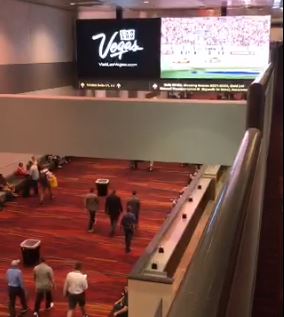What is being pitched as the industry’s “only automated solution for the entire syndicated content workflow” got its debut in the North Hall of the 2018 NAB Show in Las Vegas earlier this month.
The product is ARAMYST, and it comes from Utah-based NVerzion as a way TV stations can cut their time spent on transcoding, trimming, and segmenting syndicated programs.
Once installed, NVerzion technicians work with station techs to define custom parameters that, once set, instruct the system to handle syndicated programming exactly as the end user wants.
“NVerzion has been conducting a straw poll of their customers to get a rough figure of how many man hours stations are spending on syndicated content,” the company said. “From what we’ve heard, the most efficient stations still spend 10–15 minutes transcoding and preparing 30-minute PitchBlue programs for air; stations with fewer syndication-dedicated operators can spend up to real time doing the same. Pathfire content easily takes up to an hour for a 30-minute program.”
With ARAMYST, NVerzion says its client stations can go from PitchBlue to air in 90 seconds, and at most takes 10 minutes for a 30-minute Pathfire show.
“ARAMYST looks ahead X number of days (specified by user) for your programming, grabs syndicated shows, renames them according to station conventions, and then segments them for air,” the company says. “The operator must only schedule a playlist with local commercial inserts. Even station ID is taken care of automatically. Stations never have to worry about rolling ‘evergreen’ again.”
NVerzion’s new system uses metadata provided by the syndicators to segment shows, and to ensure that the station bug rolls over programming and never over barter.
Fully configurable, the bug goes in X number of seconds after programming starts and goes out X seconds before a bartered commercial.
In addition, as a live demonstration for the Weekly Tech Roundup proved, a station can roll a different ID on each channel, so ARAMYST can automatically play out syndicated content from one station to four different markets.
This automatic process is built on a new NFinity broadcast video server. It plays on 4 channels simultaneously, will play content from any networked storage, includes graphics and transitions, and plays nearly all files in its native format.





